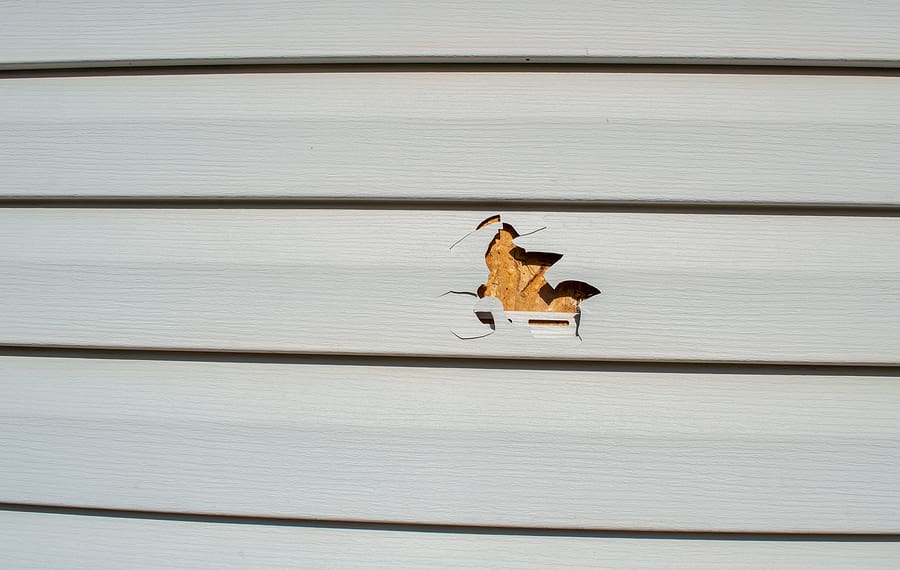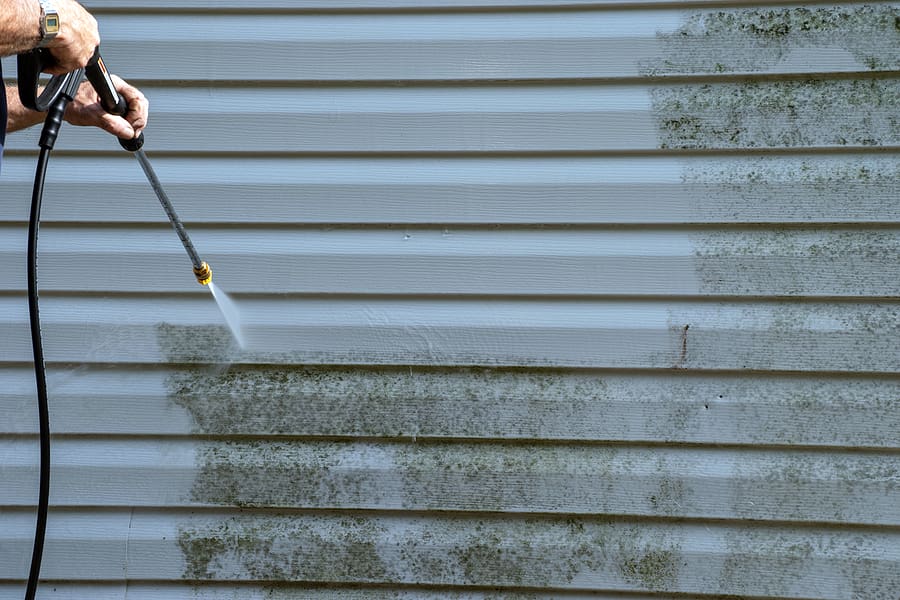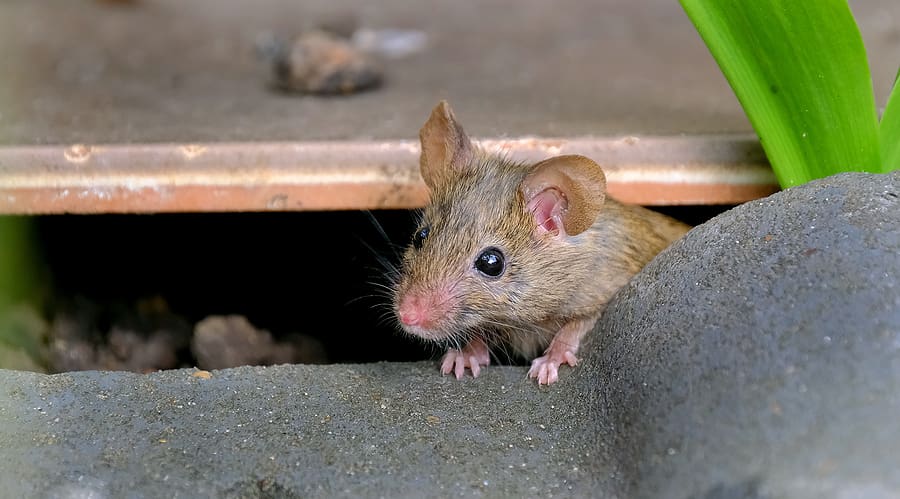Vinyl siding has become a staple choice for homeowners across the nation, and for good reason. Its durability, affordability, and low maintenance requirements make it a popular option for protecting homes against the elements. On average, vinyl siding can last anywhere from 20 to 40 years, making it a long-term investment for homeowners. This rings especially true for those in Arkansas, particularly in regions like the river valley and northwest Arkansas, where weather patterns can be unpredictable. The extreme temperatures and occasional storms in these areas make vinyl siding a smart choice for protecting homes from damage caused by exposure to the elements.
What is Vinyl Siding?
Vinyl siding is composed of PVC (polyvinyl chloride) resin, which is mixed with various additives to enhance its durability, color retention, and resistance to impact and weathering. One of the key advantages of vinyl siding is its cost-effectiveness compared to other siding materials such as wood or brick. Additionally, vinyl siding requires minimal maintenance, only needing periodic cleaning with soap and water to keep it looking fresh.
Why Damaged Vinyl Siding Needs Replacement?
Damage to vinyl siding, whether from impact, moisture infiltration, or insect infestation, should be addressed promptly to prevent further issues. Water damage, in particular, can lead to mold and mildew growth within the walls of the home, posing health risks to inhabitants and causing structural damage over time. Homeowners can mitigate damage by promptly repairing or replacing damaged sections of siding and ensuring proper installation to prevent water infiltration.
Scratching, Dents, or Missing Panels

Scratches, dents, or missing panels in vinyl siding not only detract from the aesthetic appeal of the home but also leave the underlying structure vulnerable to water damage and insect infestation. Prompt repairs are crucial to maintaining the integrity of the siding and preventing costly repairs down the line.
Mold, Mildew, and Fungus Issues

Mold, mildew, and fungus can thrive in moist environments, making vinyl siding susceptible to these issues if not properly maintained. Homeowners can spot signs of mold or mildew by inspecting the siding for discoloration or a musty odor. While DIY cleaning methods can help address mild cases, professional cleaning may be necessary for more severe infestations to ensure thorough removal and prevent recurrence.
Bubbling, Warping, and Rippling
Bubbling, warping, or rippling on vinyl siding can indicate underlying issues such as moisture infiltration or improper installation. These issues not only compromise the aesthetic appeal of the home but also compromise the siding’s ability to protect against the elements. Homeowners should address these issues promptly to prevent further damage and ensure the longevity of their siding.
Pest Infestation Risks

Damaged vinyl siding provides entry points for pests such as termites, roaches, squirrels, and mice to infiltrate the home and create nests. Left unchecked, pest infestations can lead to expensive removal and cleanup fees, as well as pose health risks to occupants. Regular inspections and prompt repairs are essential for deterring pests and protecting the home’s structural integrity.
Vinyl siding offers homeowners in Arkansas, particularly in regions like the River Valley and northwest Arkansas, a durable and cost-effective solution for protecting their homes against the elements. Stay proactive in maintaining your siding and addressing any damage promptly by working with our team at Vision Exteriors. By staying vigilant and taking proper care of their vinyl siding, homeowners can enjoy a beautiful and well-protected home for years to come.
